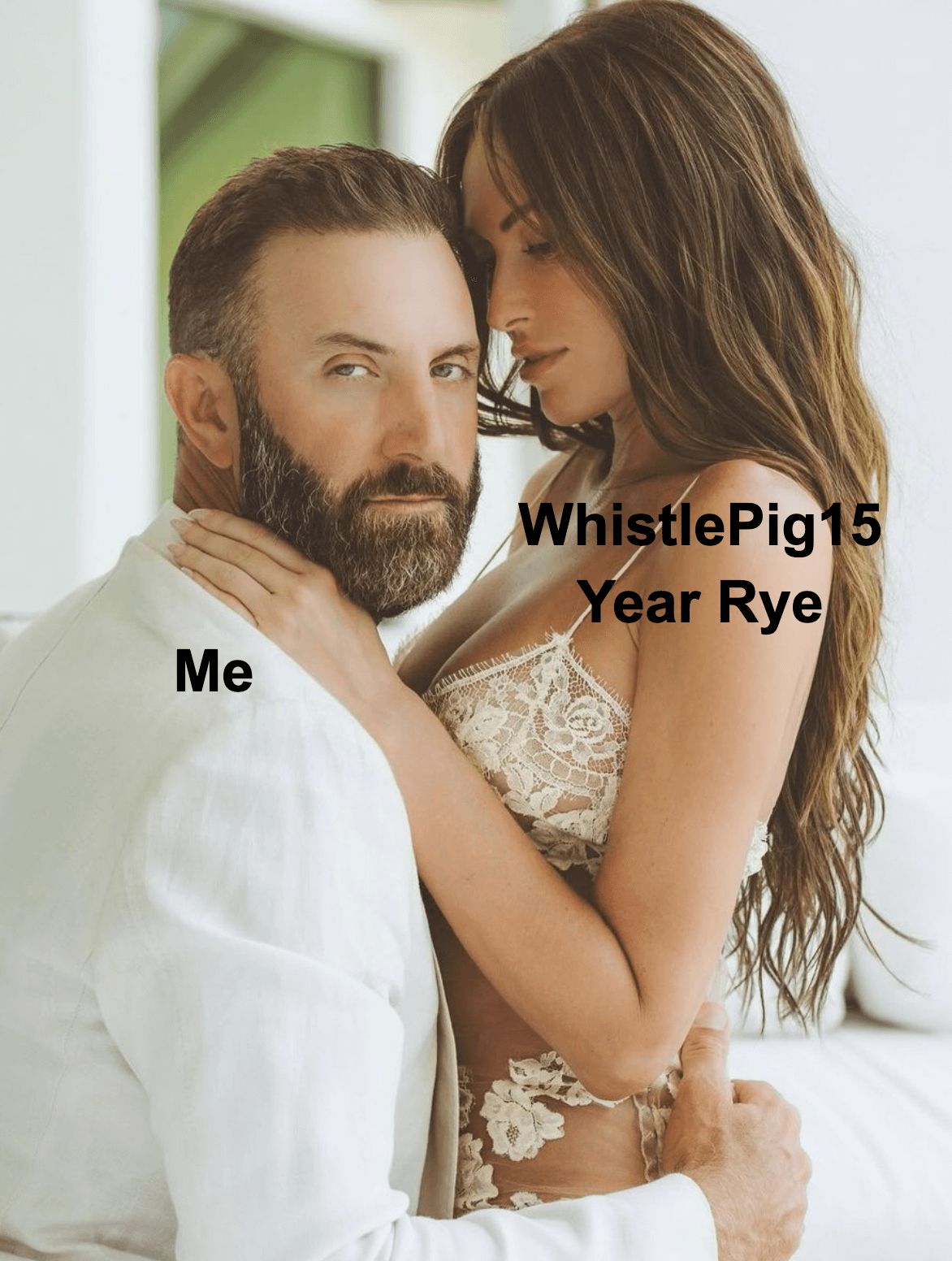- Rickhouse
- Posts
- From Barrel Proof to Carbon Proof
From Barrel Proof to Carbon Proof

Hey Barrelhead 🥃
Bourbon’s got a dirty little secret.
And no, it’s not another shady secondary deal or tater flex gone wrong.
It’s what happens after the whiskey’s made …
and how Kentucky might turn that mess into the cleanest pour you’ve ever sipped.
PROOF OF GENIUS
What is the name of the byproduct left over after bourbon distillation that’s commonly repurposed for livestock feed? |
THE WEEKLY POUR
🥃 Glencairn or Bust? Barrelheads weigh in on “what makes a good bourbon glass?”
🥃 🥃 🥃 🥃And if you’re in the market for some glencairns: This set of 4 is rated 4.8 with 10K+ reviews.
🦅 Breaking News: Buffalo Trace announces Eagle Rare 12 with an MSRP of $50. We’re buying.
🍿 Grab the popcorn: Here’s the 35 best movies on Max right now.
A MESSAGE FROM RICKHOUSE
Win a WhistlePig 15 Year Rye

Rick loves WhistlePig
Must be 21.
Share rickhouse.news with a friend (who signs up) using the referral link below — it tracks everything automatically 👇
More shares + sign-ups = more chances to win.
Raffle ends June 29th.
Pair WhistlePig 15 with a leather chair, a questionable alibi, and the kind of rant that gets Rick kicked out of the bourbon group (again).
Want better odds? Bribe your local store owner with brisket and Blanton’s. It works 30% of the time, every time.
A MESSAGE FROM 1440
Looking for unbiased, fact-based news? Join 1440 today.
Join over 4 million Americans who start their day with 1440 – your daily digest for unbiased, fact-centric news. From politics to sports, we cover it all by analyzing over 100 sources. Our concise, 5-minute read lands in your inbox each morning at no cost. Experience news without the noise; let 1440 help you make up your own mind. Sign up now and invite your friends and family to be part of the informed.

TOP SHELF
How Kentucky might become the greenest pour in your glass
What if your next bourbon pour didn’t just taste good…
But powered the damn still that made it?
That’s the vision coming out of the University of Kentucky. And no, it’s not another gimmick to slap “eco” on a label and jack up the price.
It’s about turning the bourbon industry’s biggest byproduct problem into high-proof energy.
The Stillage Problem (and Why It’s Getting Worse)
Every bottle starts with a mash bill—corn, rye, barley, maybe wheat if you’re feeling soft.
But after the distillation magic?
You’re left with a hot, sloppy mess called stillage.
Normally, farmers feed that stuff to cattle.
But here’s the twist: Kentucky’s cattle herd is the lowest it’s been since JFK was president.
Meanwhile, bourbon production is set to double in the next 5 years. That’s a helluva lot of leftover goop with nowhere to go.
The Nerds Strike Back (In the Best Way)
So the folks at the University of Kentucky’s Martin-Gatton College decided to MacGyver a solution.
Tyler Barzee and his team are using anaerobic digestion—science speak for “turning bourbon sludge into methane.”
Basically, they’re cooking stillage in oxygen-free tanks until it burps out biogas.
That gas? It can power steam boilers, run generators, or even get cleaned up and piped straight into natural gas lines.
You heard that right.
Kentucky’s leftover mash might someday be heating your damn house.
Bonus Round: Hydrogen
They’re not stopping at methane.
This same team is looking into hydrogen as a clean-burning backup dancer to fossil fuels.
Distilleries could co-fire it with natural gas and cut emissions while still cooking up your favorite barrel-proof beauties.
They call the project “Kentucky Distilled Spirits Industrial Decarbonization and Sustainability.”
We call it “saving bourbon with bourbon.”
Science, But Make It Bourbon
Turns out, not all mash bills break down the same.
Corn + rye? More methane. Wheat? Less gas.
That means distillers might soon dial in mash bills not just for flavor—but for fuel efficiency.
Yes, really.
Some of the bigger boys are already experimenting with digesters, and it’s only a matter of time before the rest of the bourbon trail gets greener than a Four Roses label.
What This Means for the Pour
This isn’t just about feel-good press releases.
It’s about Kentucky locking in a future where the more bourbon we make, the cleaner we get.
Less waste. More energy. Fewer emissions.
And bragging rights for every bottle that comes with a side of sustainability.
Because heritage doesn’t have to mean stuck in the past.
And the next evolution of bourbon?
Might come from what’s left in the tank.

POUR DECISIONS

LAST CALL
What is the maximum proof bourbon can be distilled at according to U.S. law?
125 proof
160 proof
190 proof
200 proof
The correct answer: 160 proof
You can crank vodka up to jet fuel — but bourbon’s got rules.
By law, bourbon must be distilled at 160 proof or lower (that’s 80% ABV) to keep the rich, grainy flavor from the mash. Go any higher, and you strip away the soul of the spirit — what you get tastes more like vodka in a flannel shirt.
So next time someone tells you bourbon’s just whiskey with a southern drawl, hit them with the law.
WHAT DO YOU THINK OF THIS WEEK'S BOOZELETTER? |

